Every year during the first week of October the Nobel prizes are awarded for the sciences and this year the order of announcement was Physiology or Medicine on Monday the second with Physics on Tuesday the third and Chemistry on Wednesday the fourth. Not only did the Medicine prize lead off this year but the award was also arguably the most important and controversial of the three prizes. I’ll discuss each award in the order in which it was announced.
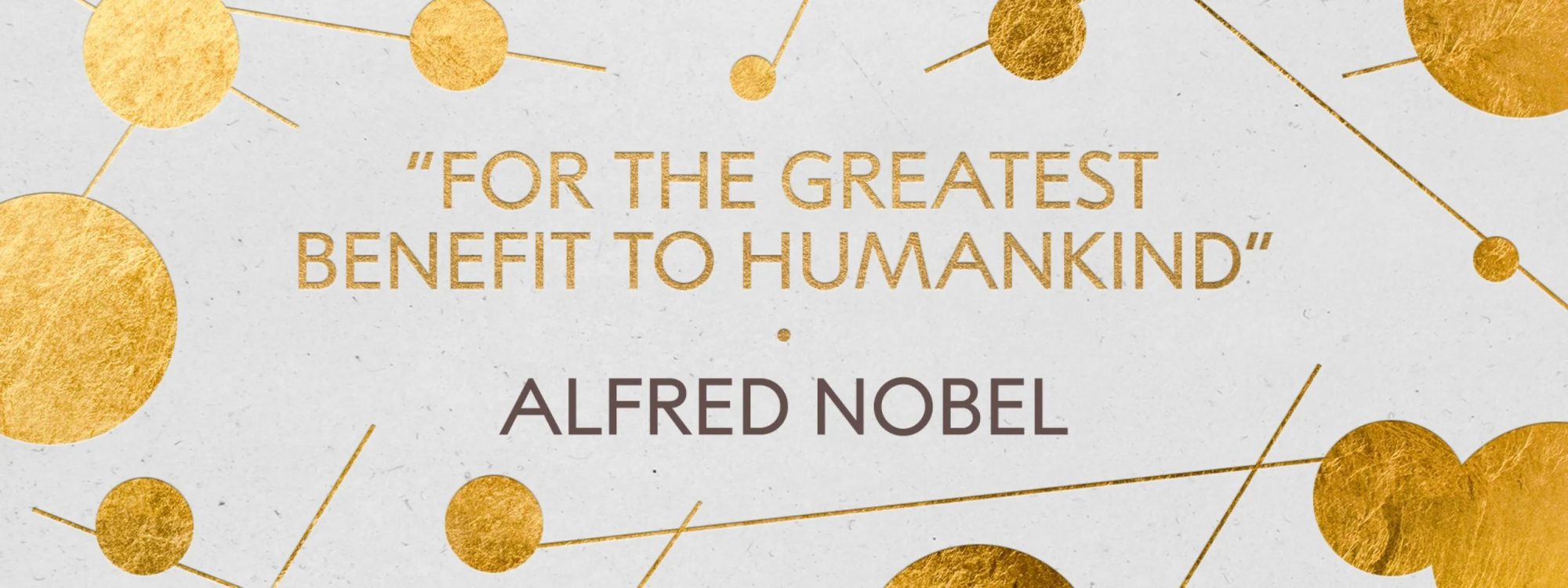
The announcement on Monday that the Physiology prize was awarded to University of Pennsylvania (UofP) researchers Katalin Karikó and Drew Weissman was hardly a surprise. You see the pair’s research on messenger RNA (mRNA) as a means to develop vaccines is what allowed the quick fabrication of the Civid-19 vaccines by both Pfizer and Moderna. To date more than 650 million people have received a Covid-19 vaccine and the work of Drs. Karikó and Weissman is credited with saving millions of lives.

Thirty years ago such a result would have seemed very unlikely. Back then the problems of working with mRNA were so great that the possibility of using it as a vaccine appeared hopeless. RNA is a much more delicate chemical than its cousin DNA, which is why our bodies use DNA for long term storage of genetic information while RNA is used as a short-term messenger. At the same time experiments had shown that when RNA was injected into a lab animal the result was often a severe inflammation at the area of injection.

It was for these reasons that in the mid-1990s Dr. Karikó lost all of the funding for her work and was refused a tenure track position at UofP. In fact she was almost kicked out of the university and forced to return to her home in Hungary. Only a chance meeting with Dr. Weissman, who was working on the human immune system and who had a secure source of funding, enabled Karikó to continue working on mRNA.
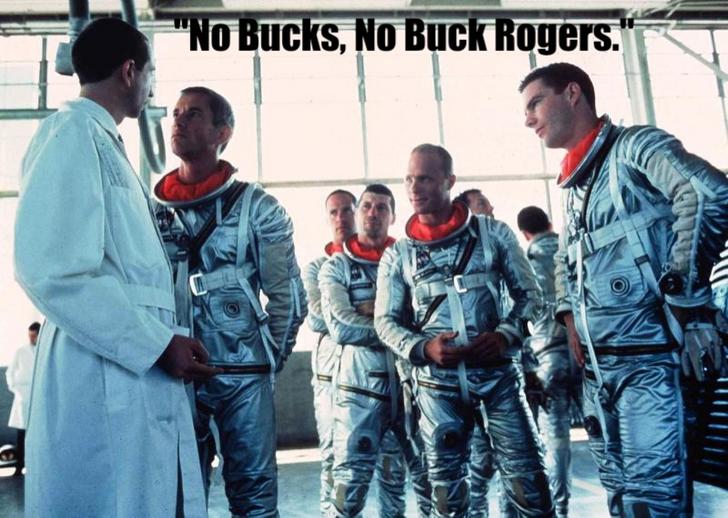
Even when the two researchers published their key results of how to modify mRNA and deliver it successfully into the body in 2005 few people took notice. It really is something of a miracle that the pharmaceutical community did begin to pay attention in time so that the Covid-19 vaccines could be developed and tested quickly enough to save millions of lives.
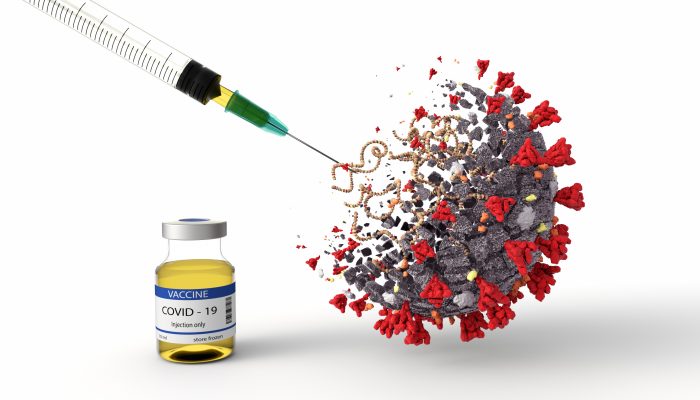
Now for the controversy. As I mentioned above Dr. Karikó was officially kicked out of the UofP when she lost her funding and only managed to remain in the US thanks to her collaboration with Dr. Weissman. The question is, how much of her problems were also due to her being a woman, and an immigrant! Right now the university is justly praising Dr. Karikó for her work there despite having tried several times to fire her. Hopefully that was because of Dr. Karikó’s lack of funding, not her sex or nationality. Still the UofP and academia in general may want to take a moment to review their criteria for who gets funding and why!
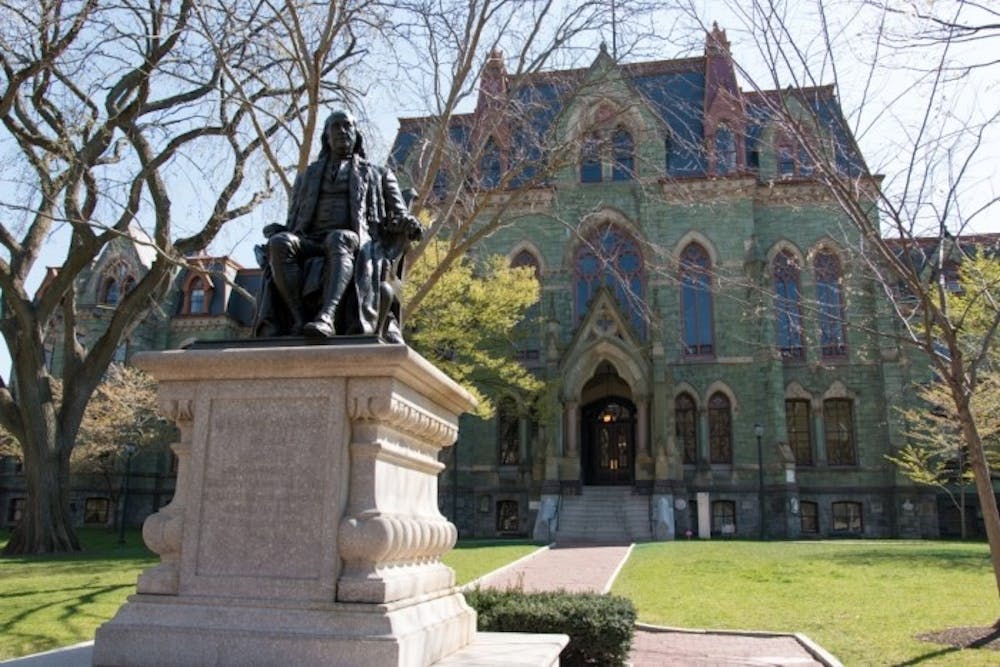
The awarding of the Physics Nobel on Tuesday was a lot less divisive. This year’s award went to Pierre Agostini, Anne L’Huillier, both originally from France along with the Hungarian born Ferenc Krausz for their work in generating high-speed laser pulses at the attosecond scale. Like a strobe light that captures movements so fast that they are just a blur to human eyes the team’s attosecond lasers allow scientists to actually see the movements of electrons in chemical reactions and solid state electronics.

Consider a water molecule for a moment, a single oxygen atom that “shares” the electrons of two hydrogen atoms. Well, back when I was in college we were taught that the electrons in a water molecule behaved something like a cloud, quantum mechanics allowed you to calculate probabilities of where they’d be but trying to actually see them, forget it, they just moved too fast.

It wasn’t until the early 2000s that Drs. Agostini, L’Huillier and Krausz developed lasers that could flash at the attosecond scale, fast enough to capture a solid image of a electron in motion. An attosecond by the way is one quintillionth of a second, that’s 10-18 or 0.000000000000000001 seconds. As a comparison there are about as many attoseconds in a single second as there are seconds in the current age of the Universe, 13.5 billion years.
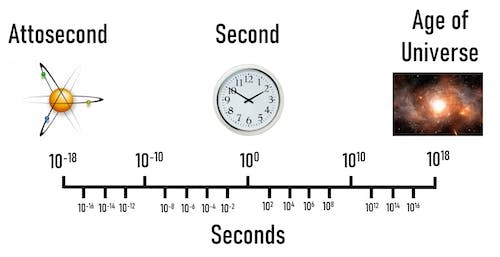
The development of attosecond light pulses has already enabled chemists to better understand how chemical reactions happen and therefore how to better predict their properties. At the same time a better understanding of how electrons behave in semi-conductor materials should help led to better solid-state electronics.
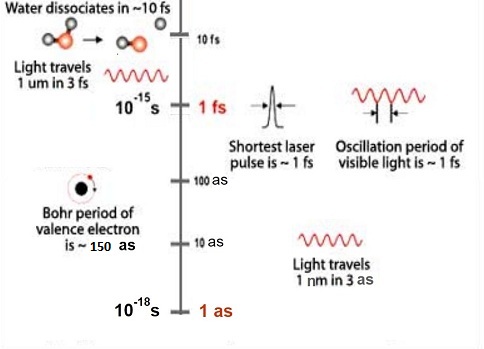
Finally on Wednesday the Chemistry prize was announced and as with Physics it was a celebration of the small, only this time small in size rather than duration. The recipients of the 2023 Nobel Prize in Chemistry were Moungi Bawendi, Louis Brus and Alexei Ekimov, all Americans. These three scientists were honoured for their pioneering work in the development of nanocrystals, crystals whose size is measured in millionths of a meter and are also known as “quantum dots”.

It was back in the 1980s that Drs. Brus and Ekimov first created quantum dots independently of each other and studied their properties. Then in the 1990s Bawendi discovered techniques to manufacture high quality nanocrystals in large quantity, thereby establishing one of the sectors of the current field of nano-technology. Today quantum dots are used in a wide range of products from QLED TV screens to imaging in biochemistry and even in medicine and increasing the efficiency of solar cells.
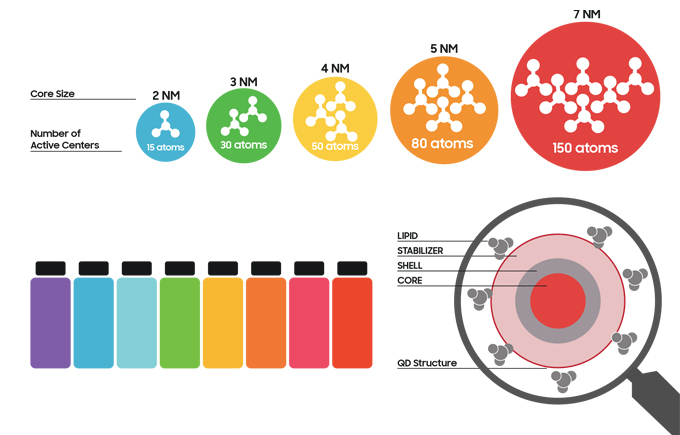
So we celebrate the achievements of the best in the fields of Medicine, Physics and Chemistry. Throughout the year the various sports each get their separate seasons and it seems like politics just goes on year round so I suppose we should be grateful that pure science at least gets some notice one week out of the year.
